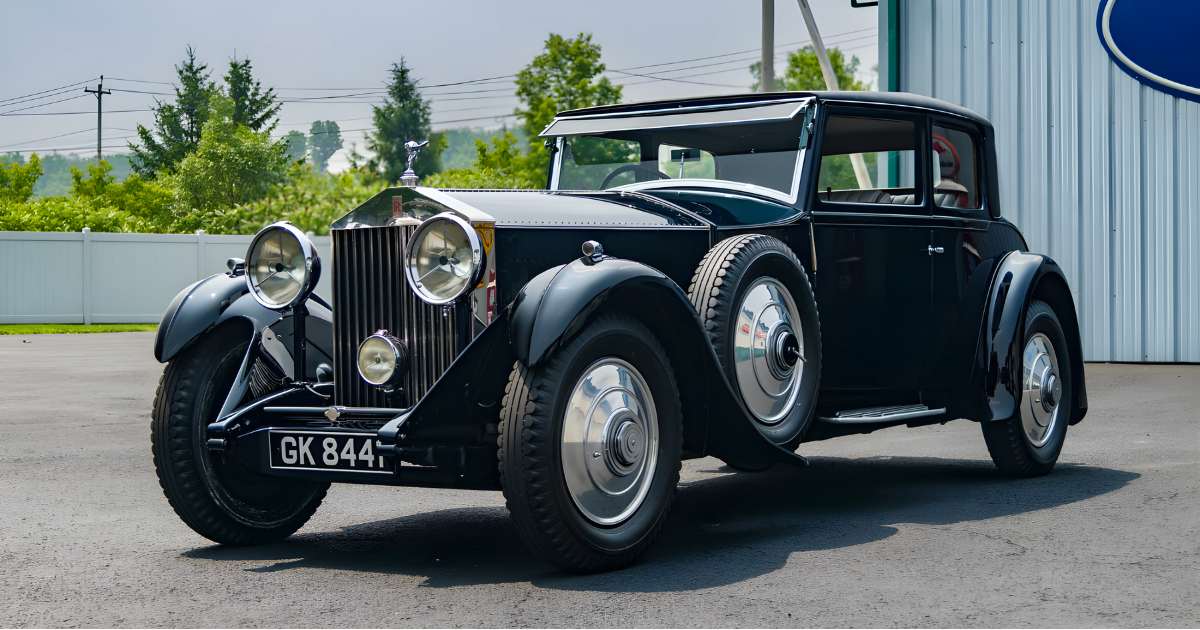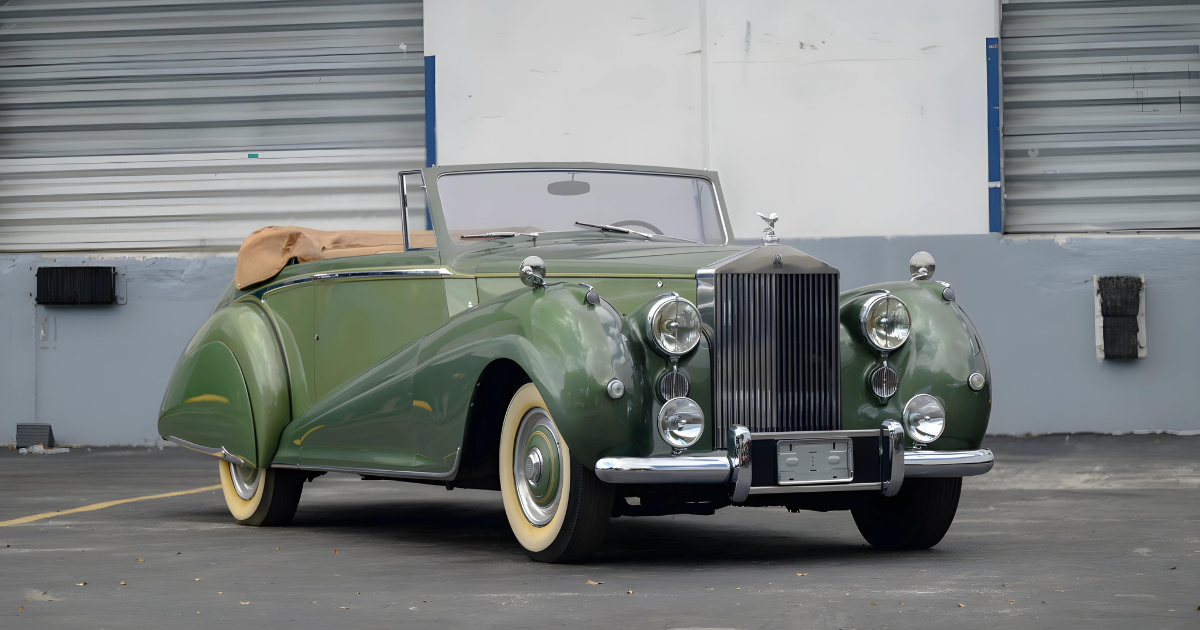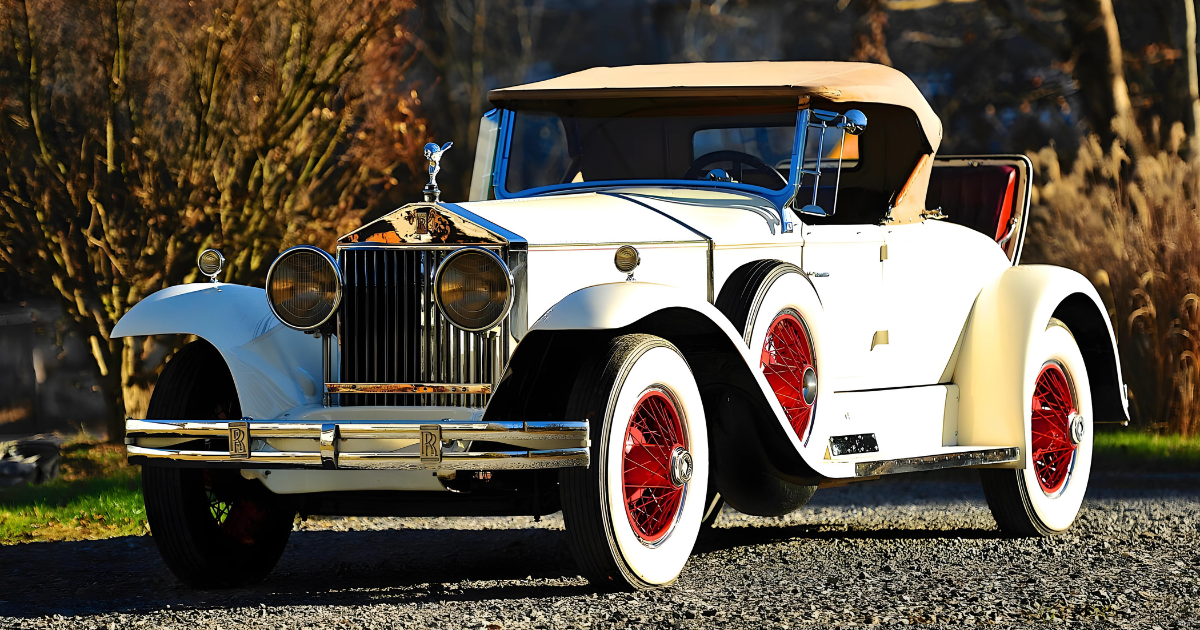
In 1926, Rolls-Royce of America made a significant move by acquiring Brewster & Company, a renowned coachbuilder with a rich history of crafting luxurious and bespoke vehicles. This acquisition marked a new chapter for Rolls-Royce in America, allowing the company to expand its offerings and cater to the preferences of American customers.
Following the acquisition, Rolls-Royce of America wasted no time in introducing a range of standardized body styles for the Phantom I chassis, showcasing the craftsmanship and design expertise inherited from Brewster & Company.
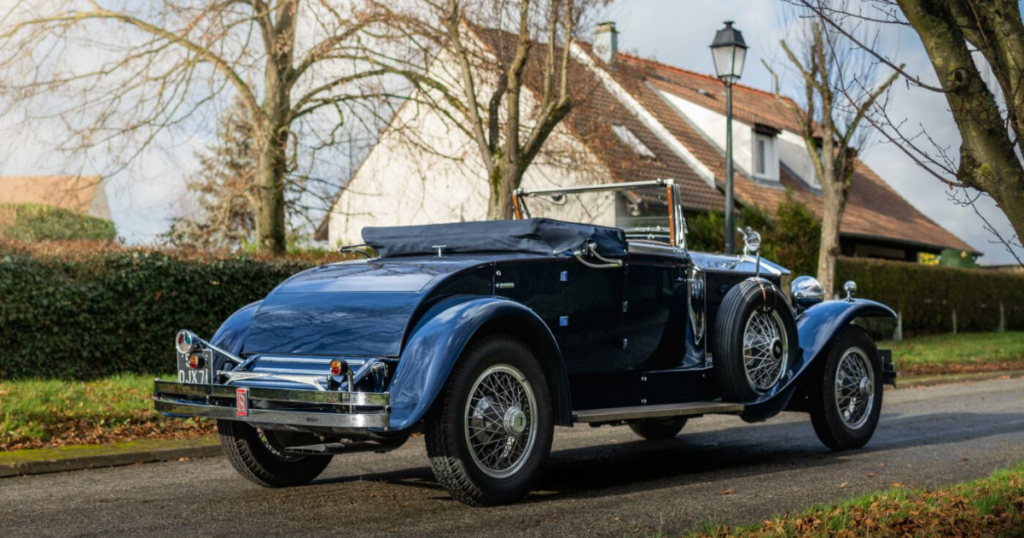
Among the 28 standardized body styles introduced for the Phantom I chassis, one configuration stood out for its appeal and elegance—a two-seater all-weather convertible coupé with a dicky, later named the ‘Regent.’ This particular body style combined the sophistication of a convertible with the practicality of an all-weather vehicle, making it a desirable choice for discerning customers.
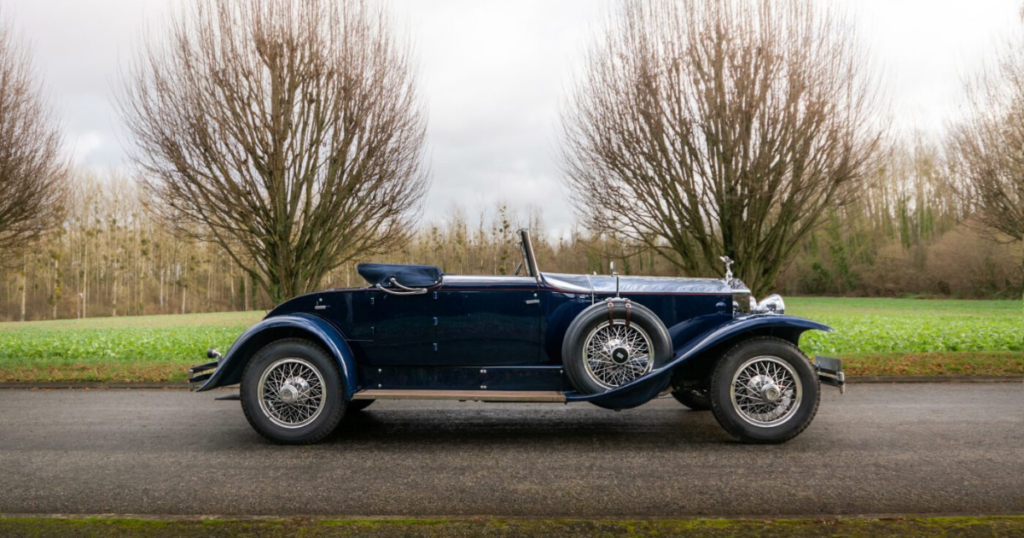
Historical records indicate that Rolls-Royce of America produced a total of 21 Regents on the Phantom I chassis. Despite their relatively limited production numbers, these cars have become highly sought after by collectors due to their rarity and unique design features. One notable aspect of the Regent’s design is the incorporation of aerodynamic trends that were ahead of their time, foreshadowing design elements seen in later automotive eras.
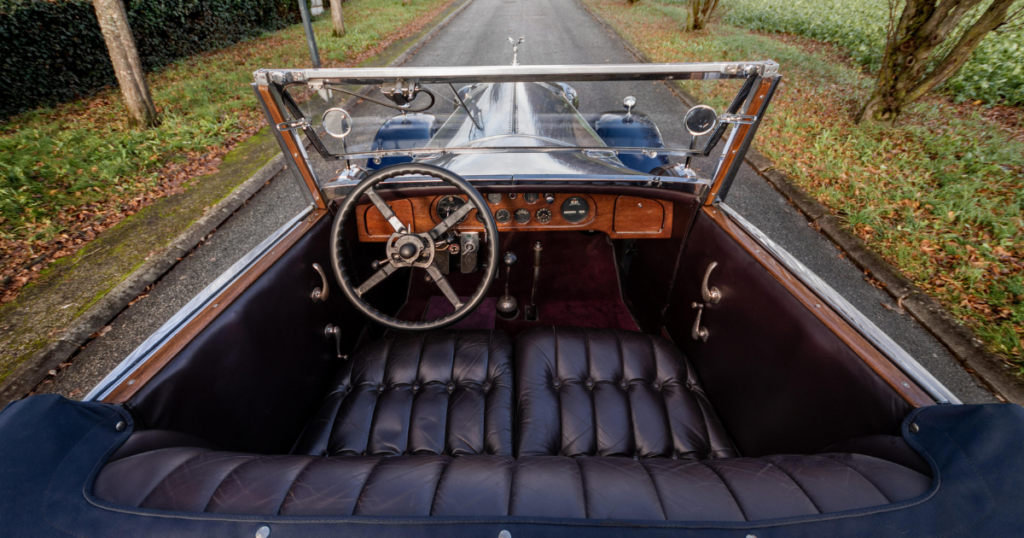
With its sleek lines and streamlined body, the Regent not only exuded elegance but also showcased Rolls-Royce’s commitment to innovation and craftsmanship. Each Regent was meticulously crafted, reflecting the bespoke nature of Rolls-Royce automobiles and earning them a place among the most coveted classics in automotive history.
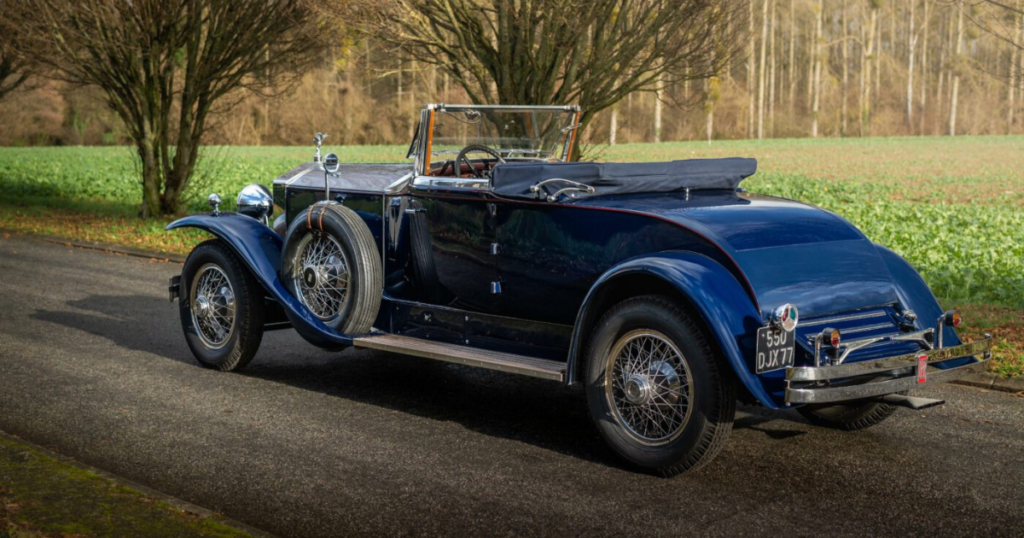
One of the distinctive design features of the Regent is its front wings, which extend forward resembling blades, reminiscent of the renowned Derby Speedsters. This design choice not only adds visual interest to the vehicle but also contributes to its aerodynamic profile. Additionally, the front dumb irons, springs, and chassis are discreetly concealed behind valances, further enhancing the sleek and streamlined appearance of the Regent.

To complement its stylish exterior, the Regent features twin flat bars at the front and rear, serving as exceptionally stylish bumpers. These bumpers not only provide protection but also add to the overall aesthetic appeal of the vehicle, reflecting the attention to detail and craftsmanship synonymous with Rolls-Royce vehicles.
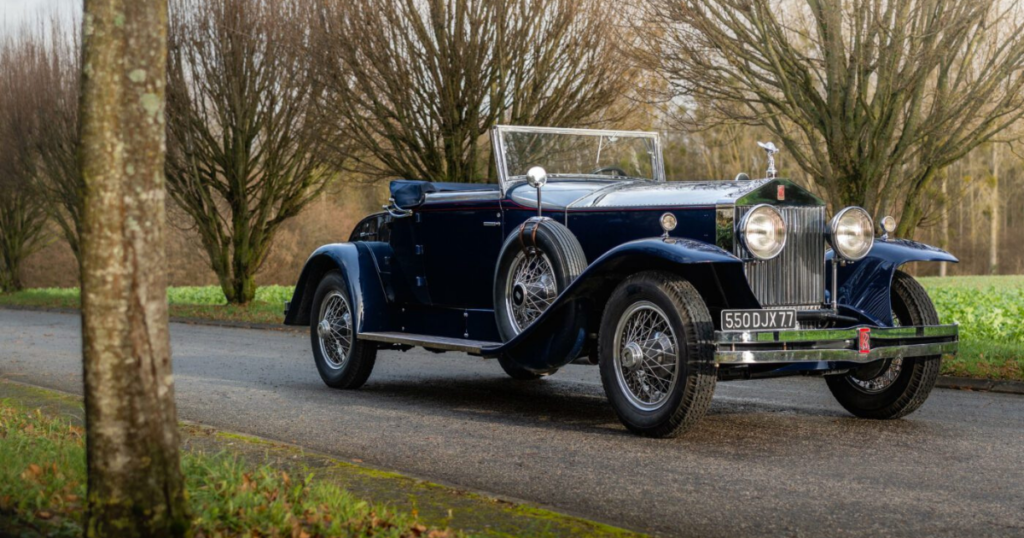
In summary, the Rolls-Royce Regent on the Phantom I chassis represents a unique blend of elegance, sophistication, and innovative design. With its rarity, distinctive features, and historical significance, the Regent continues to captivate collectors and enthusiasts alike, serving as a testament to the enduring legacy of Rolls-Royce and Brewster & Company in the automotive world.

